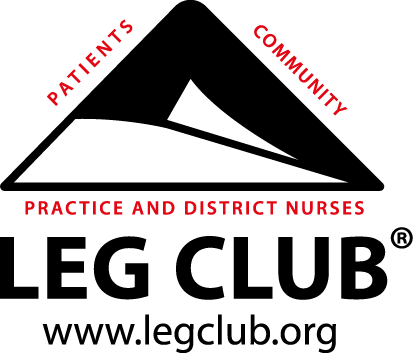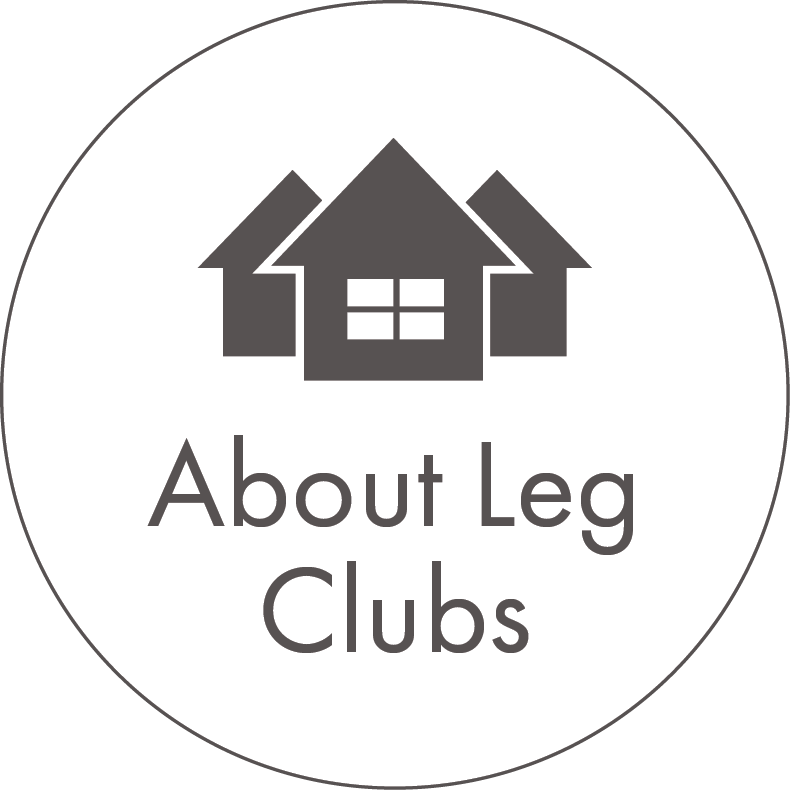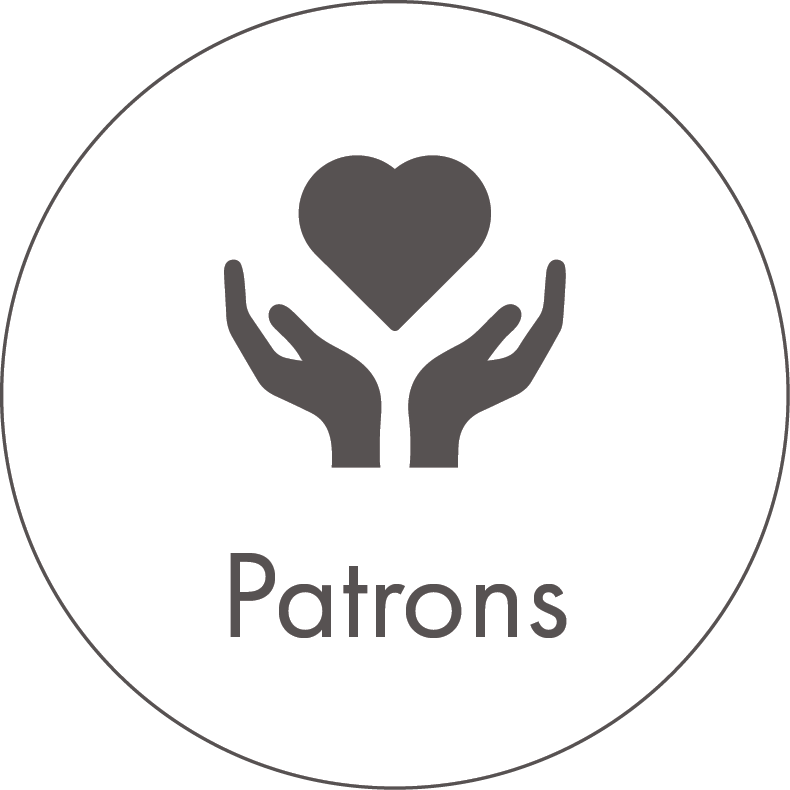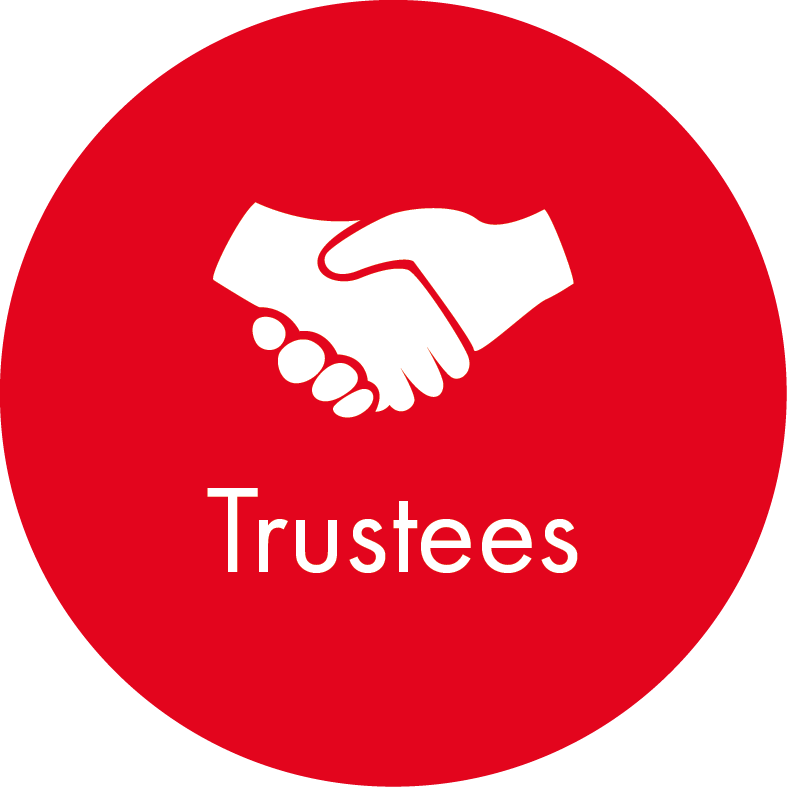Care that is well-organised and research-informed improves healing rates, achieves better patient experience and makes better use of scarce NHS resources. However, UK wound care varies widely. Too often patients are not offered treatments that are known to be effective and too much trust is placed on treatments which lack such evidence. NHS England is funding the National Wound Care Strategy Programme (NWCSP) to scope and develop a national wound care strategy for England with a focus on;
1. Pressure ulcers,
2. Lower limb wounds, and
3. Surgical wounds.
We are identifying national standards of care that will reduce unwarranted variation, improve safety and improve patients’ experiences of care. We are also working to ensure that the right wound care products and treatments reach the right patients at the right time, seeking to improve education for clinicians, patients and carers and developing better ways to measure care so we can improve care. We are consulting with stakeholders throughout this process and would welcome feedback from anyone with an interest in wound care. Please sign up to a Stakeholder Forum at
www.nationalwoundcarestrategy.net.
Information for patients and cares
https://www.ahsnnetwork.com/patients-and-carers
Looking after your leg ulcer https://www.ahsnnetwork.com/looking-after-your-leg-ulcer
Cost effectiveness:
Leg Clubs offer a cost effective alternative to traditional models of care. Placing nurses in Leg Clubs once a week as opposed to making individual visits to patients can make considerable savings. Furthermore, as the Clubs are operated on a walk-in basis there are no did not attend (DNA) appointments and little time is wasted.
- With over 2,300 members, Powys Teaching Health Board has registered net savings of £705,744 excluding dressings and equipment
- Barnstaple Leg Club has estimated at a minimum saving of £10,527 per every 100 patients compared to traditional leg ulcer treatment.
Further Information:
Healing:
Within 12 months of Barnstaple Leg Club opening, half of the 30 patients who had been referred by a GP or community nurse to the Leg Club had healed leg ulcers. In a clinical setting an average healing rate of just 10 per cent would be expected.
Leg ulcers are half as likely to recur in patients attending Leg Clubs as in the national average.
Prevention:
The model delivers an innovative well-leg prevention programme which not only meets many aspects of the current Department of Health QIPP agenda, but is referenced by the QIPP programme as a being a community-owned model of care that improves healing, reduces recurrence and offers a cost-effective framework for the treatment of lower leg problems.
Enhancing well-being:
The Leg Club model has been shown to improve the wellbeing of members. Volunteers work with nurses to create a social dimension to treatment, which tackles the problem of social isolation - an issue for the elderly and especially those with leg ulcers. This results in a holistic approach to their care which is missing from traditional leg ulcer management.
Managing co-morbidities:
Leg Club members may have additional long term conditions. The Leg Club model offers the opportunity for co-morbidities to be assessed and subsequent treatment to be arranged. Some Leg Clubs also use their sessions to offer flu vaccinations and nail cutting services.
Clinical governance:
The Lindsay Leg Club Model has adopted the essential elements of good clinical care: staff training, use of evidence based guidelines, and quarterly audit of processes and outcomes.
Patient satisfaction:
In 2012 a study of five Leg Clubs demonstrated that:
- 67 per cent of members were better able to cope with life
- 68 per cent of members felt better placed to keep themselves well
- 75 per cent of members felt more able to understand their leg problems
- 76 per cent of members felt better able to cope with their condition
- 91 per cent of members enjoyed the social interactions











